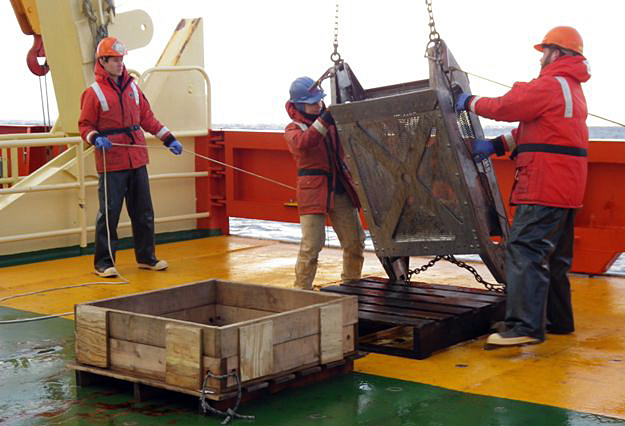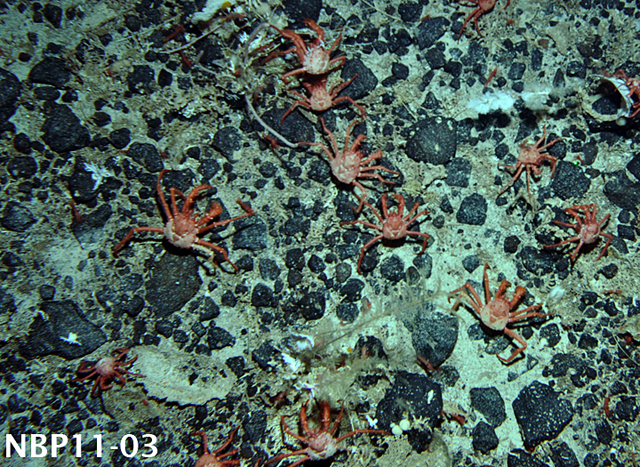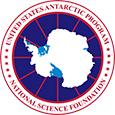Cold coralsScientists venture into the Drake to learn more about benthic ecosystem and climate changePosted August 5, 2011
Visiting the underwater world of corals in the Southern Ocean isn’t exactly like a tropical vacation. Consider that the stretch of water between the tips of South America and the Antarctic Peninsula, where some of these cold-water corals are found, is one of the most inhospitable in the world. Frequent storms and strong seafloor currents make it a difficult place for researchers to retrieve samples. The marine organisms exist at depths from hundreds to thousands of meters — a deep and dark realm rarely explored until recently. “Down in the Southern Ocean, very little is known about the cold-water corals that live there,” said Rhian Waller But learning more about the biogeography of the different coral species was only part of the goal for a five-week research expedition to the Drake Passage earlier this year. [See expedition blog, Corals in the Drake Passage 
Photo Credit: Kate Hendry
David Case, Sandy Alesowrth and Chris Roy recover the dredge used to collect live and fossil corals from the seafloor.
“The nice thing about corals … for studying climate is that we can date them very accurately,” said Laura Robinson Together, the two scientists and their team of students and international collaborators spent the early weeks of the Antarctic winter trawling and dredging for samples of both live and dead corals from seamounts rising up from the ocean floor or along the relatively shallow continental slopes. The biologists aboard the ship recovered more than 11,000 individual samples, mainly in the order octocoralia (also known as soft corals), including what may turn out to be a few new species. Just as importantly, the scientists deployed a couple of different camera systems from the ship to image the seafloor. The TowCam Waller’s team will analyze the images back in the lab to identify species, information the scientists can use to map distribution and diversity between South America and the Antarctic Peninsula. 
Photo Courtesy: Laura Robinson and Rhian Waller
A photo taken at 900 meters depth by the DropCam on Interim Seamount shows red crabs and other benthic marine fauna.
“We’ll be able to track where certain species end — whether they fully cross the Drake Passage, or whether they’re only found at certain locations,” explained Waller, an assistant research professor at the University of Maine’s Darling Marine Center “The photography and sample sections go side-by-side, really, for the biology side of this project,” she added. “We see so much more in the photographs than we do in the collections, but often we can’t really identify what we have in the photograph unless we have a sample.” The paleoceanographers, led by Robinson, are more interested in the fossil corals brought aboard the ship for the information they can provide about past ocean conditions and even ocean circulation. Cold-water corals build hard skeletons made of calcium carbonate that contain chemical signatures that “record” some of the chemical and physical properties of the waters in which they grew. The uranium in the calcium carbonate decays into thorium, a process that allows the researchers to date the coral material very accurately — almost as well as glaciologists who use ice cores to reconstruct past climate.1 2 Next |



For USAP Participants |
For The Public |
For Researchers and EducatorsContact UsU.S. National Science FoundationOffice of Polar Programs Geosciences Directorate 2415 Eisenhower Avenue, Suite W7100 Alexandria, VA 22314 Sign up for the NSF Office of Polar Programs newsletter and events. Feedback Form |

